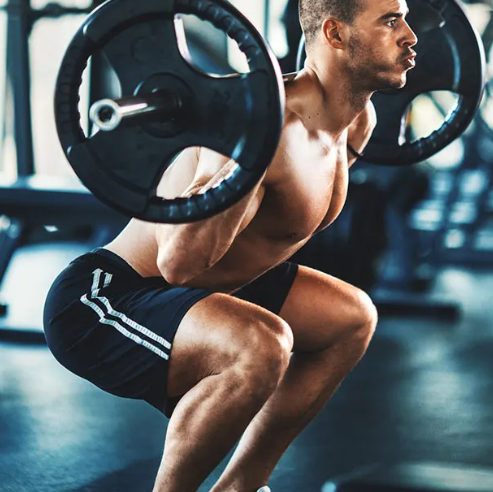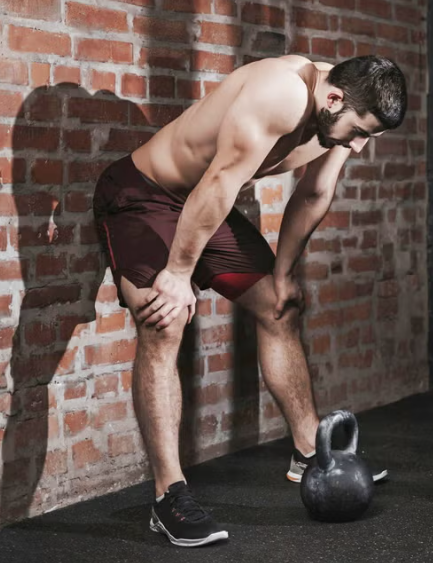
The Benefits of Squatting Twice in One Day: A Strategy for Strength Gains
Recently, I had an interesting conversation with Murph about the benefits of performing a competition lift or its variation twice in one day. This concept is often associated with the Sheiko training system, a popular program in powerlifting. After discussing it, I realized that many people probably share the same curiosity, especially with Sheiko’s rising popularity in strength training circles.
In this article, I’ll explain my interpretation of Boris Sheiko’s approach based on over a year of programming experience. While Sheiko’s exact reasoning behind this training method may differ from my interpretation, I’ve seen great success using this setup with a wide range of clients—from those looking to get in better shape to competitive strength athletes.
The primary reason for performing a competition lift twice in one day is to improve technique and increase strength progress. Let’s dive into the first part of this statement: the importance of technique.
Sheiko places a significant emphasis on technique. He believes that every rep, whether it’s 50% of your 1RM or a max single, should look identical. As the volume of your sets increases, maintaining perfect technique becomes more challenging. One way to address this is by doing more sets with fewer reps. This method allows you to maintain excellent form throughout, while still getting the necessary volume.
As fatigue builds during a workout, breaking up your training with a different lift allows for recovery, helping you maintain high-quality technique on your primary lift. For instance, if you start with squats for 4 sets of 4, followed by bench presses, and then return to squats for another 4×4, you’ll preserve technique better than if you were to perform 4 sets of 8 in a row. The total volume is the same, but the 4×8 setup could lead to compromised technique due to accumulated fatigue.
Splitting up the volume also allows for training at higher intensities. By breaking sets into smaller chunks, you and your clients can work at 5-10% heavier than normal while still maintaining proper form. This leads to better strength gains, as you’re lifting at higher intensities without sacrificing technique.
Powerlifting, like any sport, requires constant practice of the competition lift to improve. However, focusing solely on the main lift can be limiting. For example, if an athlete’s hips rise faster than the bar out of the squat, simply telling them to “keep the chest up” during sets of 8 may not fix the issue. This is often because the athlete lacks strength or motor control in that position. By breaking the volume into smaller sets and focusing on weak spots, such as performing 4×4 with a 2-second pause halfway up in the squat, you can work on strengthening that specific position before returning to the full squat to reinforce the lesson. This approach maximizes the training effect of each session.
While some argue that practicing the competition lift exclusively is sufficient, I believe this approach has its limitations. First, lifters may not be strong enough at certain weak points in their lifts to maintain proper technique under heavier loads. To address this, adding pauses at weak spots helps develop strength in those positions.
The second issue with exclusively performing competition lifts is what’s known as adaptive resistance. This occurs when a lifter continuously performs the same movement pattern, and their body “settles” into a routine that stops improving technique. Introducing variations in the training program helps break this cycle, allowing for continued progress. During the offseason, 20% of the training volume should be dedicated to competition lifts, with 60% focusing on variations to address weak spots. As the competition approaches, the ratio of competition lifts increases to fine-tune technique for the meet.
Every lifter has weak spots in their lifts—areas where they have less leverage to complete the movement. For example, in the deadlift, just below the knees is a common weak point. Performing paused reps at the knees can help build strength in that area, allowing for more consistent progress. Neglecting these weak positions will prevent progress in lifting heavier weights, ultimately slowing down strength development.
That said, I’m not against performing sets of 8 or more; they definitely have their place in a well-designed program. However, Sheiko tends to favor lower rep ranges (5 reps or fewer) for the main lifts to ensure technique stays sharp while still providing enough volume to build strength. For example, I usually limit deadlifts to sets of 5 or fewer to prioritize safety. The deadlift is the most taxing of the three lifts and requires ample recovery time, so higher rep sets may lead to fatigue that affects both performance and technique.
It’s important to note that not every session will involve double sessions of competition lifts. Light days are essential for fatigue management, and there may be weeks without double sessions to allow for recovery. Balancing volume and recovery ensures sustained progress over time.
Breaking up the volume into two sessions also increases the total volume lifted. The recovery period in between allows for the completion of additional sets, which adds up significantly over time and contributes to long-term strength gains.
In conclusion, performing competition lifts twice in one day is a valuable strategy in a well-rounded strength training program. It helps maintain technique, build strength in weak positions, and allows for higher intensity training without sacrificing form. By incorporating variations and focusing on recovery, athletes can improve their lifts and continue to make progress toward their strength goals.




